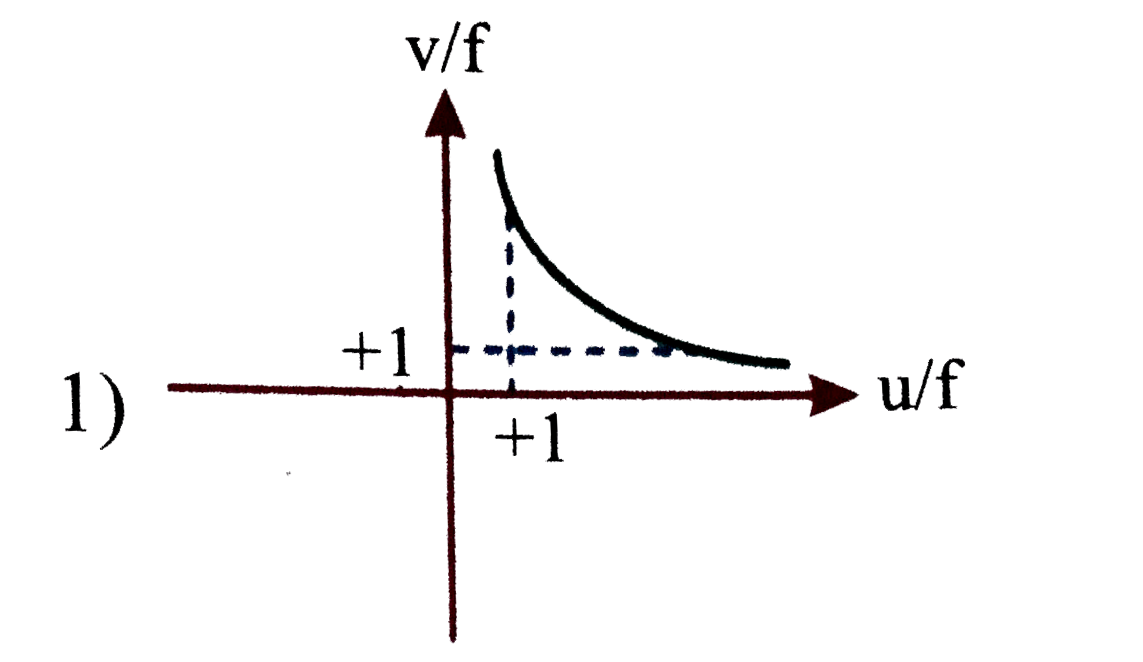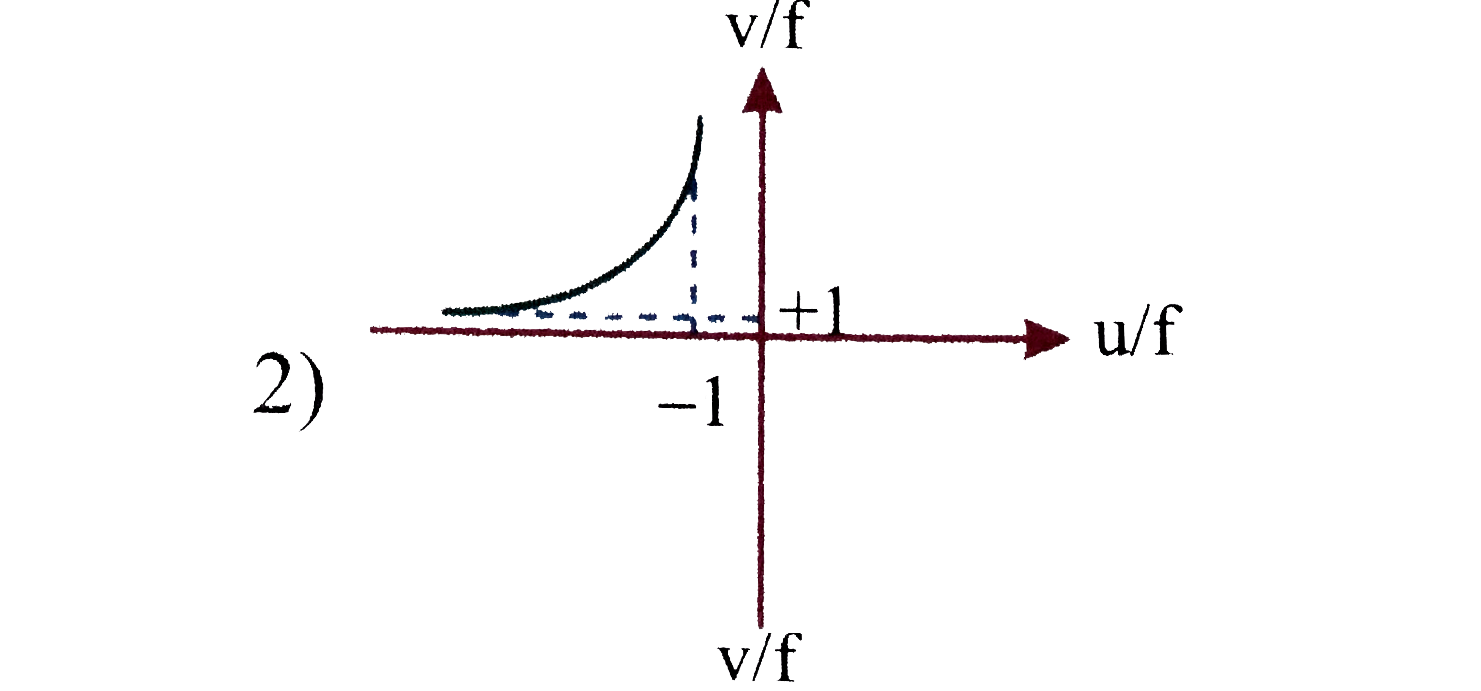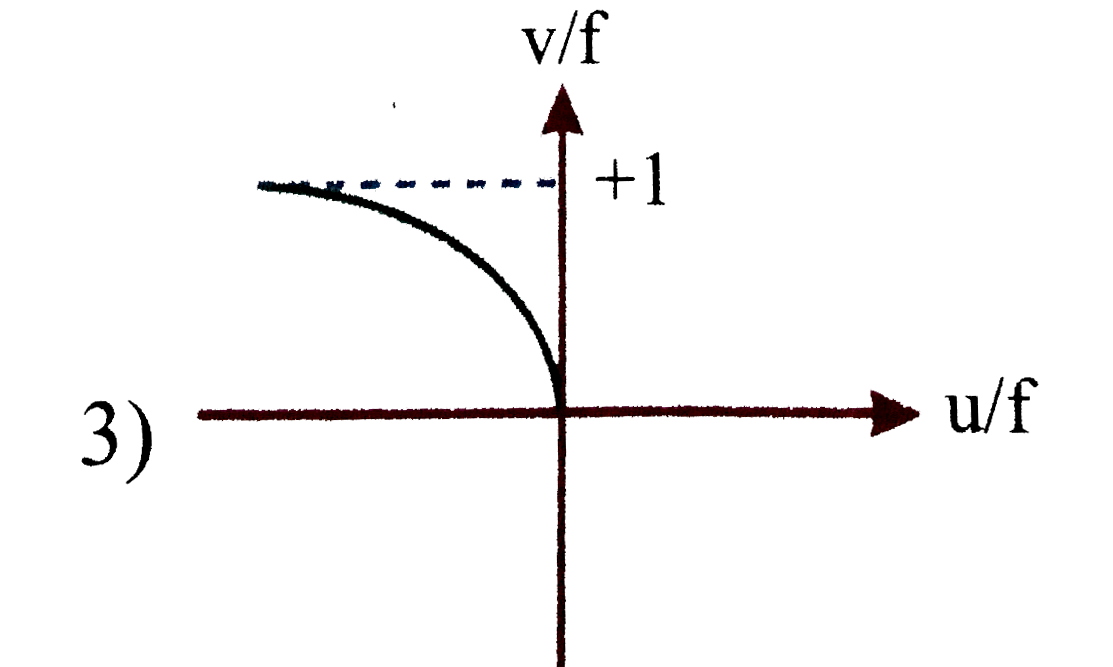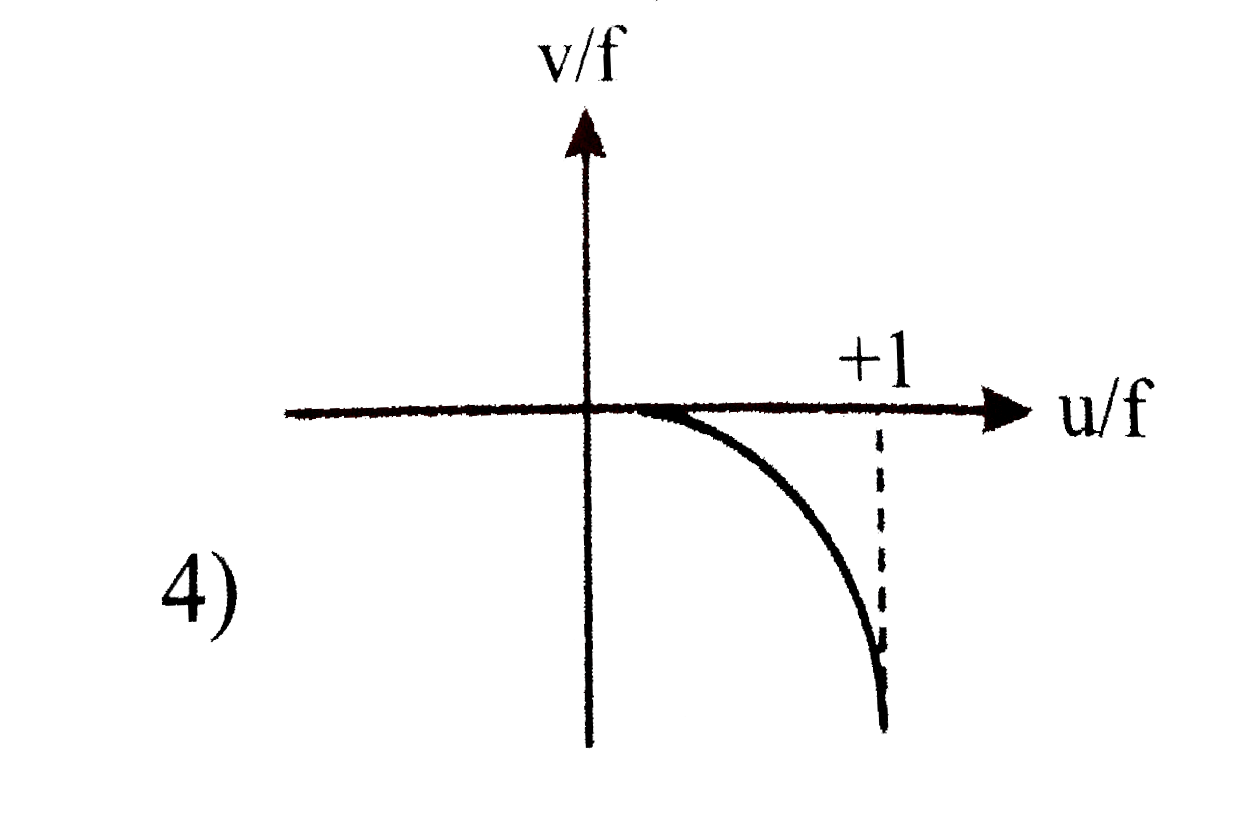An inverted image can be seen in a convex mirror,
under no circumstances
when the object is very far from the mirror
when the object is at a distance equal to the radius of curvature of the mirror
when the distance of the object from the mirror is equal to the focal length of the mirror
The correct Answer is:A
Step-by-Step Solution:
1. Understanding Convex Mirrors:
- A convex mirror is a type of mirror that curves outward. It always forms virtual images that are upright (erect) and smaller than the object.
2. Analyzing the Image Formation:
- In a convex mirror, the rays of light diverge after reflecting off the mirror. The extensions of these rays appear to converge behind the mirror, forming a virtual image.
3. Considering Different Object Positions:
- Object at Infinity: When the object is very far away (at infinity), the rays come in parallel and reflect off the mirror. They diverge, and the virtual image formed is upright.
- Object at Center of Curvature: If the object is placed at the center of curvature, the rays will reflect and still diverge, leading to a virtual image that is upright.
- Object at Focal Point: Similarly, if the object is at the focal point of the convex mirror, the rays will diverge again, resulting in a virtual and upright image.
- Closer Object: As the object moves closer to the mirror, the image remains virtual and upright.
4. Conclusion:
- Throughout all scenarios, the image formed by a convex mirror is never inverted. It is always virtual and erect. Therefore, the answer to the question is that an inverted image cannot be seen in a convex mirror under any circumstances.
Final Answer:
An inverted image cannot be seen in a convex mirror under any circumstances.
---
- A convex mirror is a type of mirror that curves outward. It always forms virtual images that are upright (erect) and smaller than the object.
- In a convex mirror, the rays of light diverge after reflecting off the mirror. The extensions of these rays appear to converge behind the mirror, forming a virtual image.
- Object at Infinity: When the object is very far away (at infinity), the rays come in parallel and reflect off the mirror. They diverge, and the virtual image formed is upright.
- Object at Center of Curvature: If the object is placed at the center of curvature, the rays will reflect and still diverge, leading to a virtual image that is upright.
- Object at Focal Point: Similarly, if the object is at the focal point of the convex mirror, the rays will diverge again, resulting in a virtual and upright image.
- Closer Object: As the object moves closer to the mirror, the image remains virtual and upright.
- Throughout all scenarios, the image formed by a convex mirror is never inverted. It is always virtual and erect. Therefore, the answer to the question is that an inverted image cannot be seen in a convex mirror under any circumstances.
An inverted image cannot be seen in a convex mirror under any circumstances.
Topper's Solved these Questions
- REFLECTION OF LIGHT BOOK - MCGROW HILL PUBLICATIONCHAPTER - REFLECTION OF LIGHT EXERCISE - HIGHER ORDER THINKING QUESTIONS
10 Videos
- MOTIONBOOK - MCGROW HILL PUBLICATIONCHAPTER - MOTIONEXERCISE - HIGHER ORDER THINKING QUESTIONS
48 Videos
- REFRACTION OF LIGHTBOOK - MCGROW HILL PUBLICATIONCHAPTER - REFRACTION OF LIGHTEXERCISE - HIGHER ORDER THINKING QUESTIONS
37 Videos
Similar Questions
Knowledge Check
Image of an object in a convex mirror is
Aalways realBalways virtualCalways erectDreal or virtual depending on position of objectA real inverted image in a concave mirror is represented by (u,v, f are corrdinates)
A B
B C
C D
D
For any position of an object, image formed in a convex mirror is.
AvirtualBerectCsmaller in sizeDas far behind the mirror as the object is in front
We can obtain a real, enlarged and inverted image by a concave mirror. (T/F)
View Solution"A concave mirror of focal length 'f' can form a magnified erect as well as an inverted image of an object placed in front of it. " Justify this statement stating the position of the object with respect to the mirror in each case for obtaining these images.
View SolutionImage formed by a convex mirror is
View SolutionImage formed by a convex mirror is
View SolutionThe image distance in case of a convex mirror can be
View Solution
